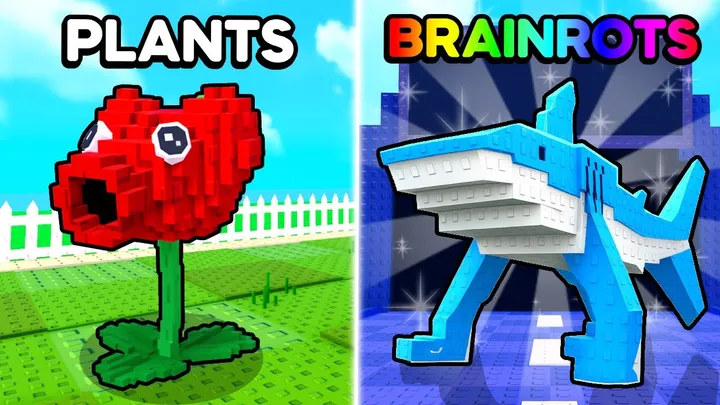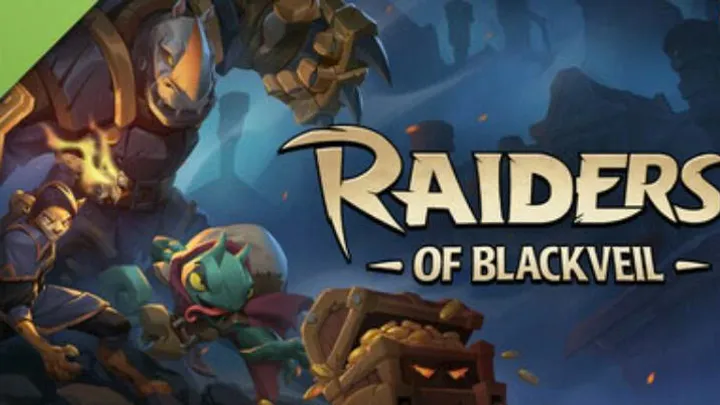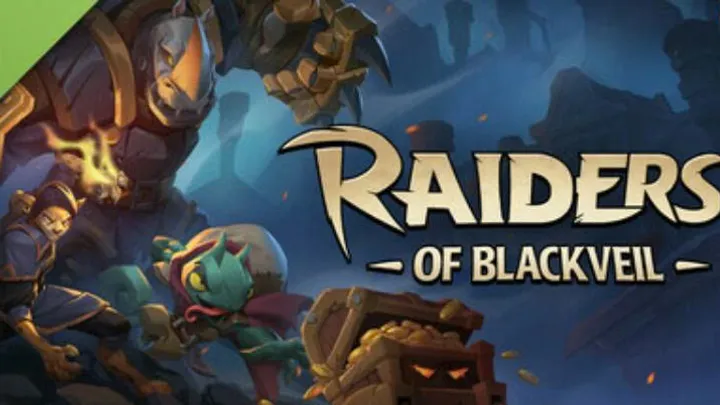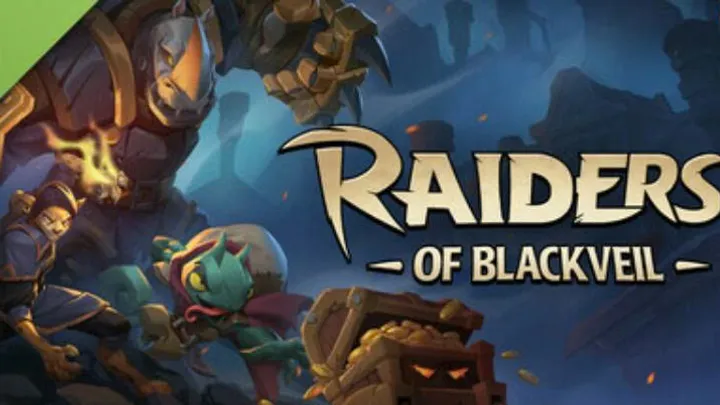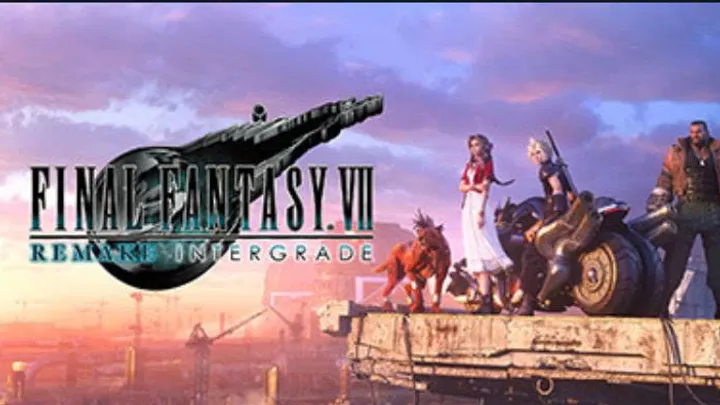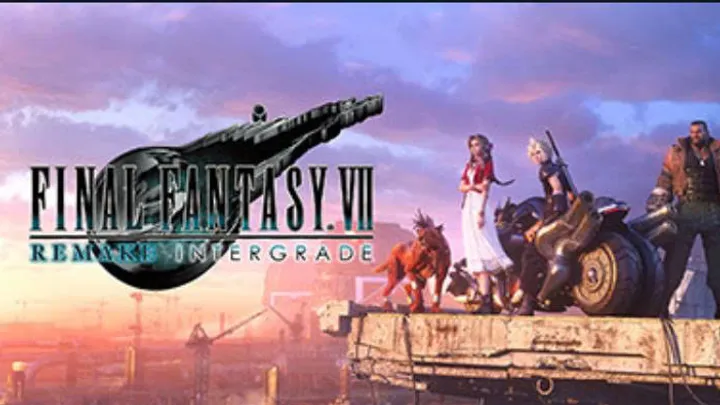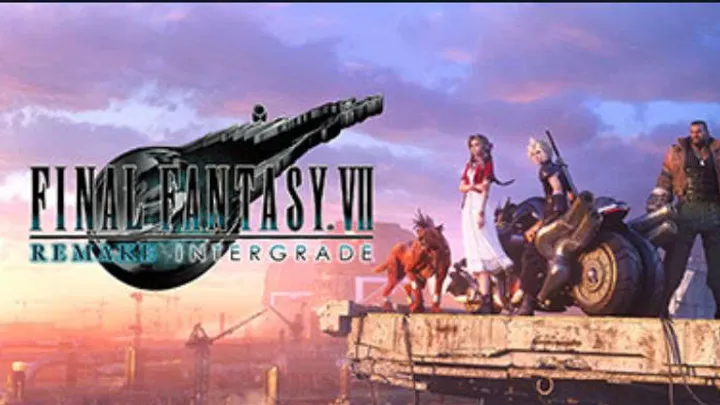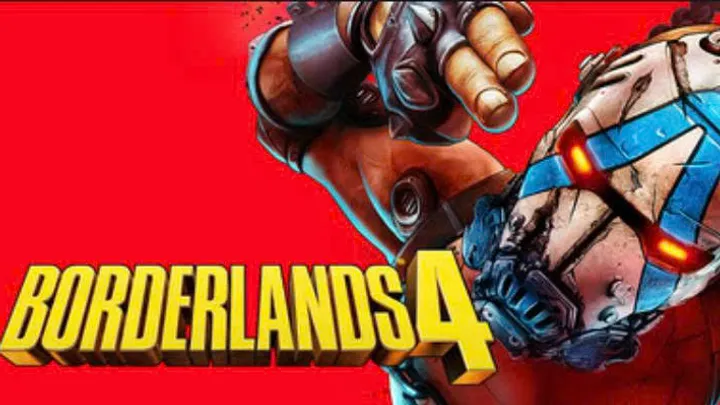Obsidian’s Grounded has won the hearts of survival enthusiasts with its miniature backyard world, teeming with oversized insects, hidden biomes, and countless crafting opportunities. However, beneath its creative premise lies a complex progression system that has sparked debate within the community. The central issue revolves around how progression is balanced — between encouraging exploration and enforcing gear-based gates. In this article, we will deeply examine the progression dilemma in Grounded, breaking it down step by step through its mechanics, design intentions, and player experiences.
The Early Game: Freedom in the Grass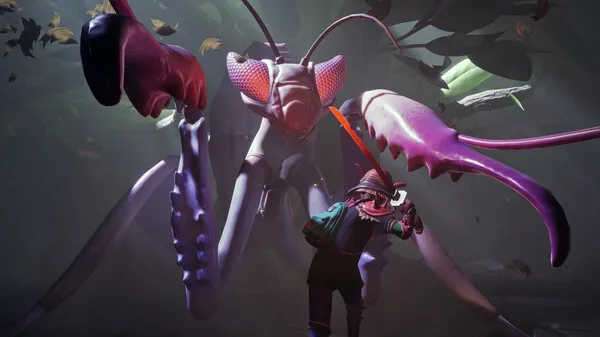
At the start of Grounded, players are given an unusual degree of freedom. Armed with little more than a pebblet axe and a can-do spirit, they can explore large swathes of the yard. Mushrooms provide sustenance, water droplets quench thirst, and basic tools allow harvesting of common resources. The game’s scale grants a sense of wonder, letting players feel like true explorers navigating a towering wilderness.
Yet this early freedom is deceptive. While it feels empowering, the game subtly funnels players toward specific milestones. Unlocking the first BURG.L chips and crafting tier two tools quickly shifts the dynamic from open curiosity to structured progression. Here begins the tension: players are free to wander, but they are not free to thrive without following the game’s intended path.
The First Gear Gate: Tier Two Tools
Progression walls become apparent once players encounter materials that demand better tools. Quartzite, spider silk, and berry leather are all crucial upgrades locked behind tier two equipment. Suddenly, what seemed like an open backyard now feels full of invisible barriers. A spider’s web is no longer just scenery; it is a gatekeeper to better armor.
This gate frustrates some players because the promise of exploration collides with the reality of equipment checks. You may reach the hedge biome early, but without proper gear, your rewards are limited. The game effectively says: “Look, but don’t touch.” This tension between accessibility and restriction defines the early progression dilemma.
The Spider Problem: Difficulty Spikes
Perhaps the most infamous hurdle in Grounded’s progression system is the early encounter with orb weavers and wolf spiders. These predators are not only terrifying but also disproportionately powerful compared to the player’s available gear. A single wolf spider can wipe an unprepared player in seconds, sending them back to respawn with nothing gained.
On one hand, this creates unforgettable moments of fear and adrenaline. On the other, it reinforces the gear wall problem. Players know that the spider’s drops are essential, yet they are gated by near-impossible difficulty spikes. The game’s message is clear: come back later with the right equipment — even if you’ve already stumbled upon the biome naturally.
The BURG.L Chips and the Linearization of Exploration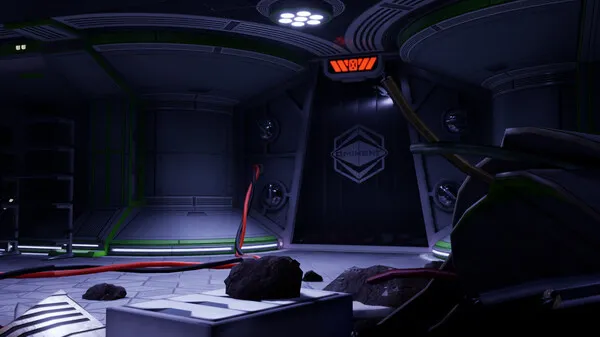
BURG.L, the quirky robot in the Oak Tree lab, acts as a progression anchor. His chips unlock recipes that dramatically expand crafting potential. However, these chips are scattered across dangerous biomes, effectively tying narrative progress to combat readiness. Players who want to experience the story must engage with increasingly lethal zones.
This design creates a paradox. While Grounded’s yard appears nonlinear, the chip system forces players into a relatively strict order of exploration. The sandbox illusion is compromised, revealing an underlying linear skeleton. What seemed like a world of possibilities narrows into a specific to-do list.
The Mid-Game Plateau: Grinding for Gear
By the mid-game, progression becomes synonymous with grinding. Antlion parts, ladybird shells, and termite chitin all require repeated farming of dangerous foes. This grind introduces a slowdown in pacing, where players are less focused on discovery and more on farming loot tables.
The irony is striking: a game that thrives on wonder and curiosity leans heavily on repetition. Grinding reinforces the gear dependency issue, as crafting higher-tier weapons and armor becomes the only way forward. The magic of “what’s around that corner?” transforms into “how many more of these enemies must I kill?”
Tier Three Tools: Expanding the World Again
Unlocking tier three tools is a breath of fresh air. Suddenly, previously unbreakable materials like sturdy quartzite and supreme marble become accessible. Entire crafting branches open up, allowing stronger weapons and fortified bases. Exploration feels meaningful again, as new rewards justify venturing into once-impenetrable areas.
But even here, the same cycle repeats. Every new freedom is tied to yet another gear requirement. Players are never truly exploring on their own terms; they are following the breadcrumb trail of progression walls. The issue is not the lack of content but the way content is locked behind increasingly rigid prerequisites.
Community Responses: Mods and Creative Mode
The Grounded community has found creative ways to circumvent these progression barriers. Mods often remove resource restrictions, reduce grind, or weaken enemy difficulty. Creative Mode, meanwhile, allows unrestricted crafting and exploration, offering a glimpse of what the game feels like without gear gates.
Interestingly, many players report enjoying Creative Mode not because it makes the game “easier” but because it restores the pure joy of exploration. Without walls, the backyard truly feels like a sandbox. This highlights the core issue: progression in Grounded often feels like an obstacle to fun rather than a pathway to it.
Design Intentions vs. Player Expectations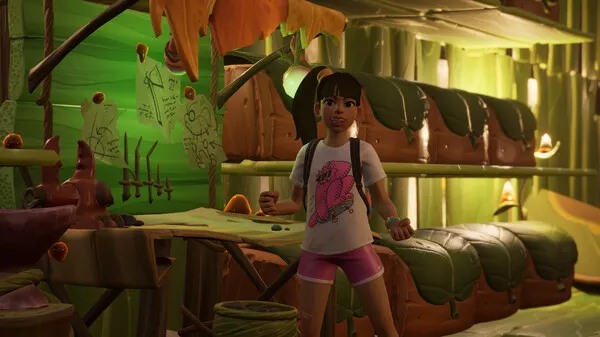
From a developer’s perspective, the gear-based progression system serves multiple purposes. It ensures pacing, prevents players from trivializing encounters, and provides a sense of accomplishment through crafting. These are valid goals for a survival game. Without progression walls, players might burn through content too quickly.
However, the player perspective often differs. Many expect a backyard survival sandbox to emphasize freedom, creativity, and emergent play. When the design leans too hard into restriction, players feel punished for curiosity. The resulting disconnect fuels ongoing debates within the community about whether Grounded’s progression serves or hinders its core fantasy.
Possible Solutions to the Progression Dilemma
Several potential design changes could address this tension. One solution might be implementing alternative progression paths. Instead of tying advancement strictly to combat and gear, players could unlock recipes through exploration milestones or puzzle-solving. This would diversify gameplay and reduce reliance on grinding.
Another approach could be soft gating rather than hard gating. Instead of absolute restrictions, the game could encourage preparation without making it mandatory. For example, tougher enemies could drop partial rewards that still allow incremental crafting progress, making encounters less all-or-nothing.
Alternative Ideas
- Scaling resources so that even early-game tools can harvest small amounts of late-game materials.
- Story progression tied to environmental exploration rather than mandatory combat.
- Dynamic difficulty adjustments that reward creative problem-solving instead of pure gear checks.
The Endgame and the Resolution of Progression
By the time players reach the endgame, gear walls largely dissolve. With access to the strongest weapons, armor, and base defenses, the yard finally feels open again. Exploration is no longer limited by artificial restrictions, but by player curiosity and skill. Ironically, the sense of freedom present in the early game returns — but only after dozens of hours of grinding through barriers.
This raises the final question: if freedom is the ultimate reward, why not let players taste more of it earlier? The progression system in Grounded delays the game’s most satisfying feature, making the journey to get there more frustrating than it needs to be.
Conclusion
The progression system in Grounded represents both its greatest strength and its most significant flaw. While it ensures structure and pacing, it also restricts exploration and emphasizes grind over discovery. Players drawn to the game’s imaginative setting often feel held back by gear walls that gate content unnecessarily. By rethinking how progression interacts with exploration, Obsidian could refine Grounded into a survival experience that better aligns with its sandbox premise. Until then, the progression dilemma remains an ever-present tension in an otherwise groundbreaking game.
